Wherever you are in the world, you are able to literally have a taste of France because of their wines.
You get to enjoy a bit of France on most occasions – Champagne during the New Year, Sauvignon Blanc served in weddings, or a bottle of rosé during summer parties.
Simply put, France has a reputation as the global leader in good wine, and it goes back to a thousand years ago. The French people have mastered the fine art and science of winemaking, and it all starts in the cultivation of different grape varieties.
Along with castles, lakes, and lush sceneries, you’ll find vineyards in different regions across France. Such is the French expertise in making wine, that each wine region has a distinct character.
From North to South, in valleys and rolling hills, here’s a guide on the different wine regions of France.
Things you'll find in this article
10 Best Wine Regions in France That You Must Visit
1. Alsace Wine Region
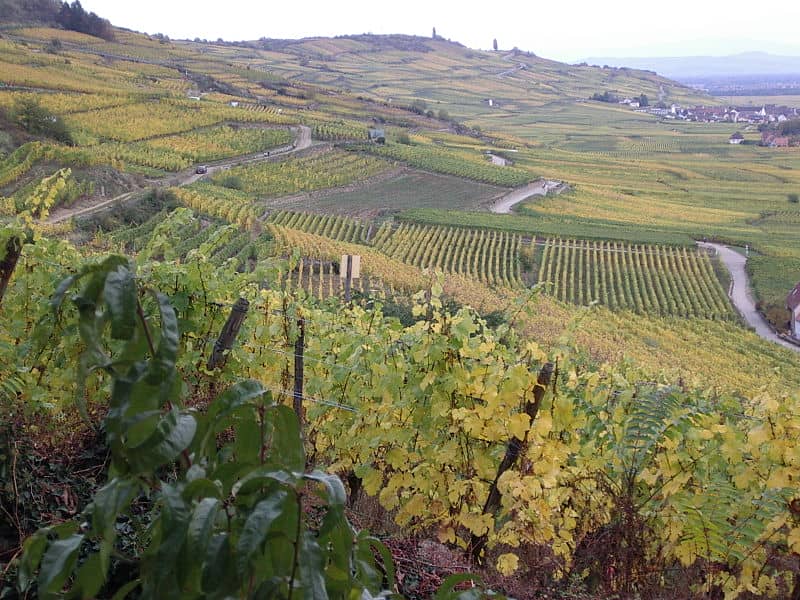
Right on the German border is the Alsace wine region, known mostly for its white wines. This area gets ample sunlight, which results in the driest wines produced in France.
The scenic Alsace Wine Route is a definite must-visit, with its lush scenery and pretty villages lined with half-timbered houses like Colmar, Strasbourg, Riquewihr, Kaysersberg, and Eguisheim.
The wine, meanwhile, are known to be dry, rich, and fruity. The white wines are usually from pinot gris, pinot blanc, riesling, and gewürztraminer grape varieties. The rare reds produced in Alsace are from pinot noir and usually come in light red or rosé.
2. Bordeaux vineyards
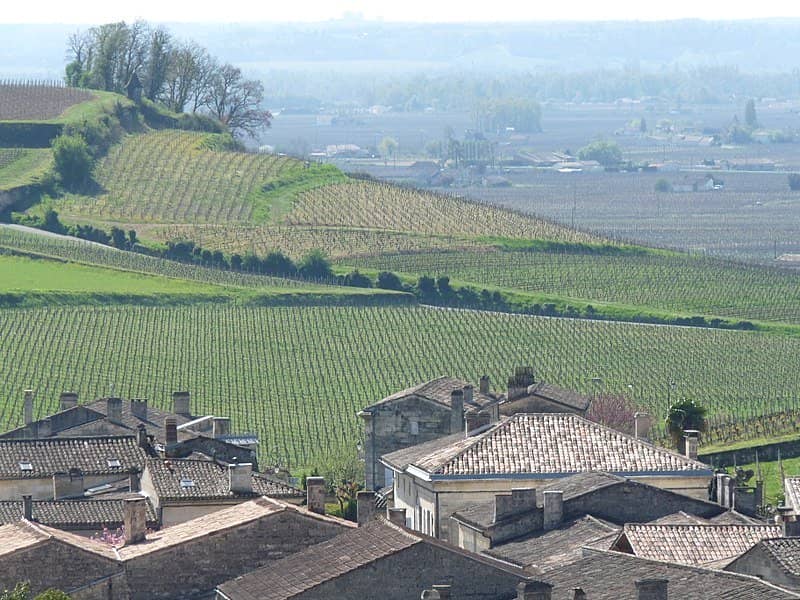
Strategically located by the Gironde estuary in the Southwest, Bordeaux is among the most popular wine regions in France.
Most Bordeaux vineyards are based around the city, by the Garonne and Dordogne Rivers. This region is known primarily for its red wine, made by blending Cabernet Sauvignon and Merlot.
There are different types because different wineries mix them in a variety of percentages. The red wines from Bordeaux are distinctly medium- to full-bodied with a fruity aroma and earthy notes.
Bordeaux wines are also more expensive than the others, mostly because of its superb aging potential. This means that even if you keep them for a long time before consuming, the wine simply gets better.
3. Burgundy wine region
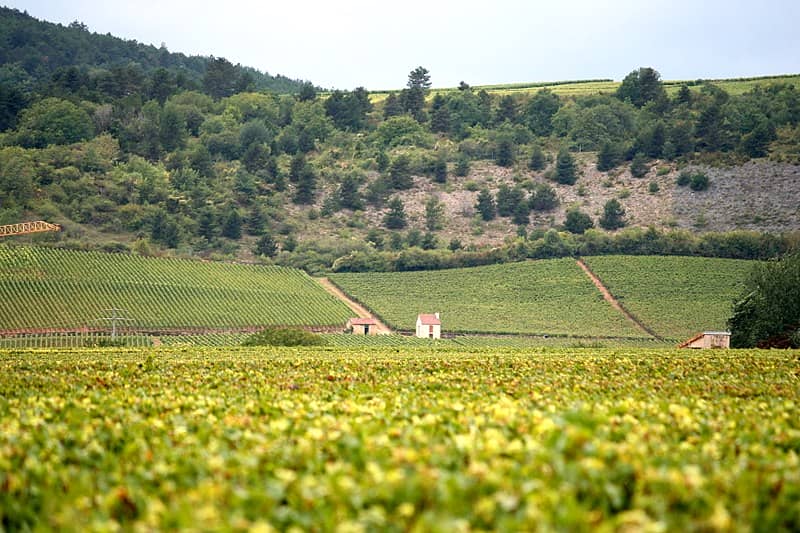
With its varied landscape, soil, and semi-continental oceanic climate, Burgundy is known to produce some of the country’s best (and more expensive wines).
This region is centrally located and stretches from the south of Paris to Lyon. This territory has vineyards that grow from clay, limestone, and stone soil.
The most popular grape varieties in Burgundy are Pinot Noir and Chardonnay, which are made into wine that has the distinct flavor of cherry and dark fruits along with earthy and floral hints.
If you are headed this way, it is a must to sample the regional wines in Beaune, its vibrant capital.
4. Beaujolais

Located in the Province of Beaujolais, the wine region is in the north of Lyon. It includes parts of the Rhône-Alpes region as well as southern areas of Burgundy‘s Saône-et-Loire département.
Beaujolais used to be known as part of Burgundy but is now becoming known as a separate region, because of the popularity of its namesake wine.
Beaujolais the wine is made from Gamay Noir grapes and has a distinct light red color. It is one of the affordable French wines, preferred because of its lower alcohol content and refreshing, fruity taste.
5. Champagne
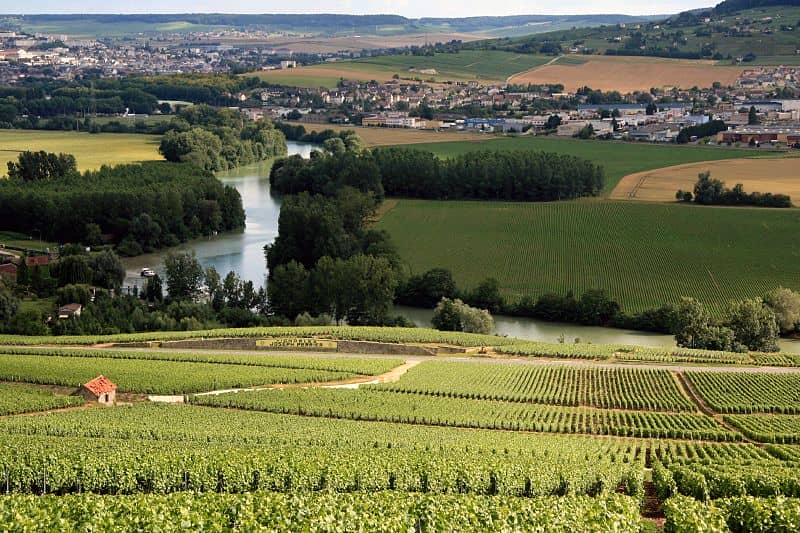
Synonymous with its sparkling wine counterpart, Champagne is hands down the most famous wine region in France. It is located in the northeast’s historical province of Champagne.
The terroir is made of loose soil of clay, limestone, and sand. Its climate is often varied, with moderate sunshine, which limits the development of the vines.
This results in the uniquely crisp and fresh character of the Champagne, a wine invented by the Benedictine monk Dom Pérignon.
This popular sparkling wine is made from Chardonnay, Pinot Noir, and Pinot Meunier grapes using a technique wherein a second fermentation happens in the bottle itself.
This perhaps, is why Champagne is the wine of choice for happy celebrations throughout the centuries.
6. Côtes du Rhone

Known both for its reds and whites, the Côtes du Rhone is known to produce versatile wines. It consists of the Northern Rhône and Southern Rhône and has varied climate.
The southern part is known to produce more wine, particularly the village of Châteauneuf-du-Pape. The region is better known as a producer of red wine, but as a whole, Côtes du Rhone produces more white wine.
The red wines here are known for their fruity, sweet and spicy taste. They are best paired with any type of meat, as well as soft or hard cheeses.
The Cotes du Rhone white wines meanwhile are distinctly sweet, fruity, and light. These are best paired with seafood and even sushi.
7. Languedoc-Roussillon vineyards

One of the largest wine regions in France, Languedoc-Roussillon in the South also has vineyards situated in varied landscapes.
Next to Provence and stretching to the border of the Pyrénées Mountains, the wines here are known for their appellations such as Corbières, Coteaux du Languedoc, Minervois, and Saint Chinian.
However, the region is also known to cultivate grape varieties such as Chardonnay, Merlot, and Sauvignon as well as traditional Rhône grapes Grenache, Mourvedre, and Viognier.
Back in the 1970s, this area had a rep for producing cheap jug wine, but that has changed over the decades.
Today, Languedoc-Roussillon is known for full-bodied reds from Saint Chinian and Corbieres, sweet red wines from Banyuls and light, dry rosés from most parts of the region
8. Loire Valley wine region

With its many chateaus, scenic landscapes and the location of the vineyards by its namesake river, Loire Valley is every wine lover’s paradise.
This UNESCO World Heritage Site is not just one of the most beautiful regions in France, it is also home to some really good wine.
A tour of its vineyards and wineries is often accompanied by a visit to a castle, which often provides wine tasting sessions.
Loire Valley is known for its white wines, made from Cabernet Franc, Chenin Blanc, and Sauvignon Blanc grapes.
The most famous wines in Loire Valley are from Sancerre, known for its Sauvignon Blanc wines that are grown on limestone-rich soils. The result is a distinct mineral character that us also refreshing, said to be like rocks and waterfalls.
9. Provence

Provence is known for its sultry summers, lush countryside, and great food. Provence may not close to any major cities, but it is one of the best French wine regions to explore.
It is also home to one of the best wine regions in France, known as the top producers of light Rosés.
Light rosés are made from red grapes, These wines have a crisp and fruity taste, and go well with Mediterranean cuisine.
There are white wines in Provence as well. These are known to have a tart, mineral taste with plenty of citruses, and popular as a pre-dinner drink.
10. Southwest wine region

The Southwest wine region is comprised of areas that are not part of Bordeaux, such as Bergerac, Cahors, and many others.
Scenic and filled with must-visit attractions like picturesque villages, chateaux, and Michelin-starred restaurants, the wine here is not to be missed as well.
The diverse landscapes and varied weather in the Southwest are reflected in the wines they produce.
Around 300 grape varieties are cultivated, with 120 that are native to the region – in 43 appellations are cultivated here. This means that a lot of blends and flavors are created, and there’s no way you won’t find a favorite.
The wines here are also more affordable, so you get to bring home different types to pair with meat, fish, or cheeses. Try the sweet wines of Bergerac, or the aromatic rosés from Fronton and Marcillac.
If you like fruity reds, there’s plenty in Gaillac and Côtes du Marmandais. For white wine lovers, head towards Gaillac and Côtes du Marmandais for refreshing white wines. Wherever you are in the Southwest, you will find a different wine to try.
Like It? Pin It!

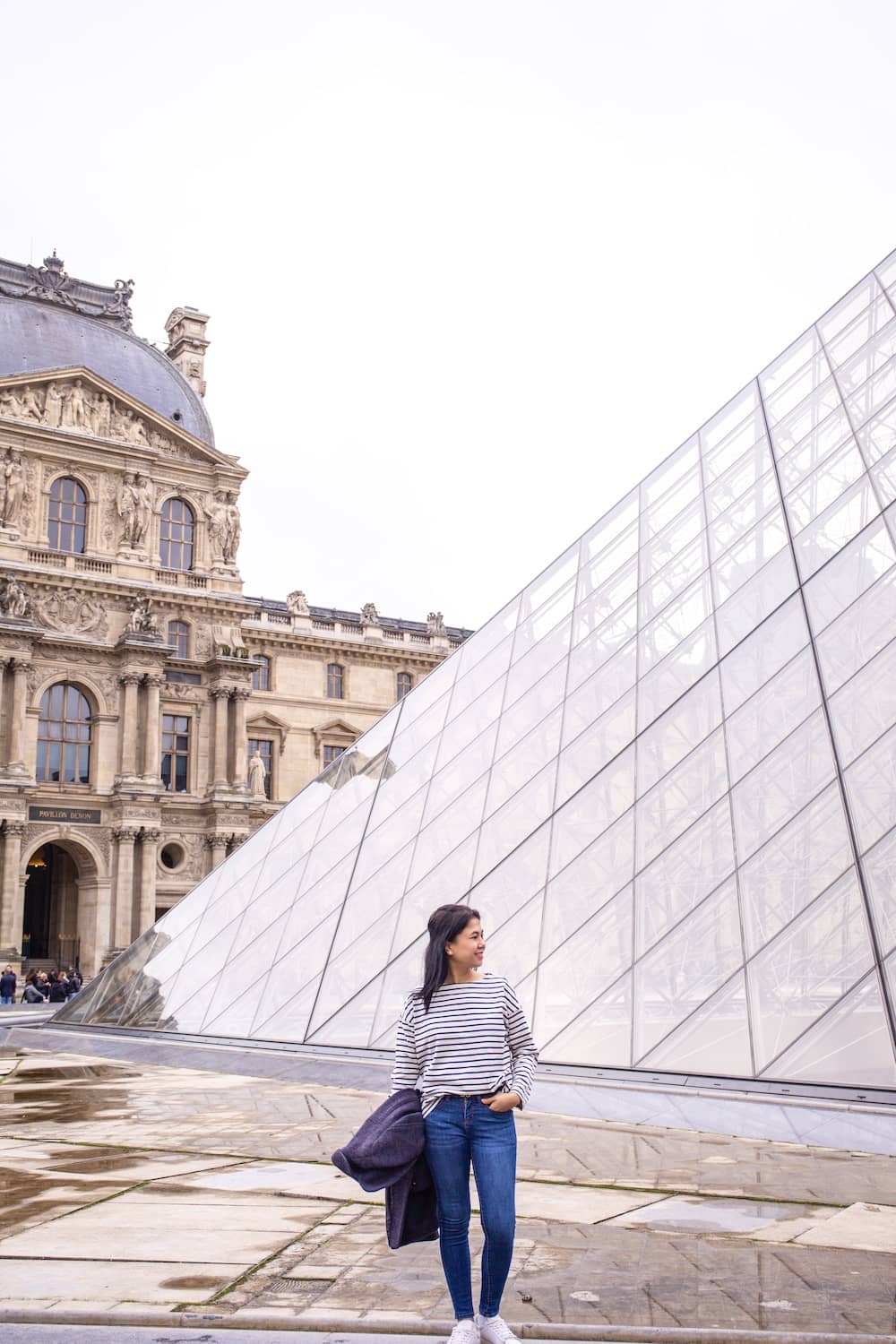
Hi, I’m Christine – a full-time traveler and career woman. Although I’m from the Philippines, my location independent career took me to over 40 countries and lived in 4 continents in the last 10 years, including France. A self-proclaimed Francophile, I love everything France.
